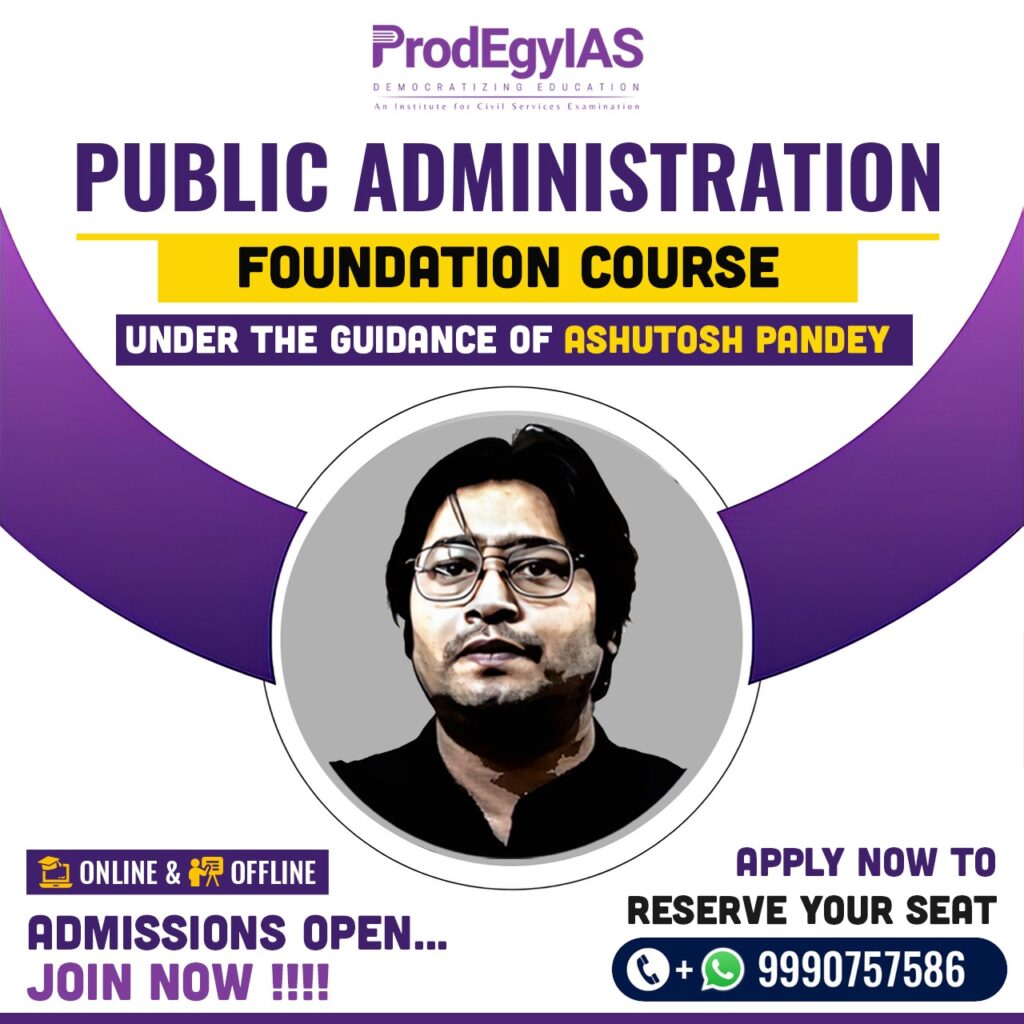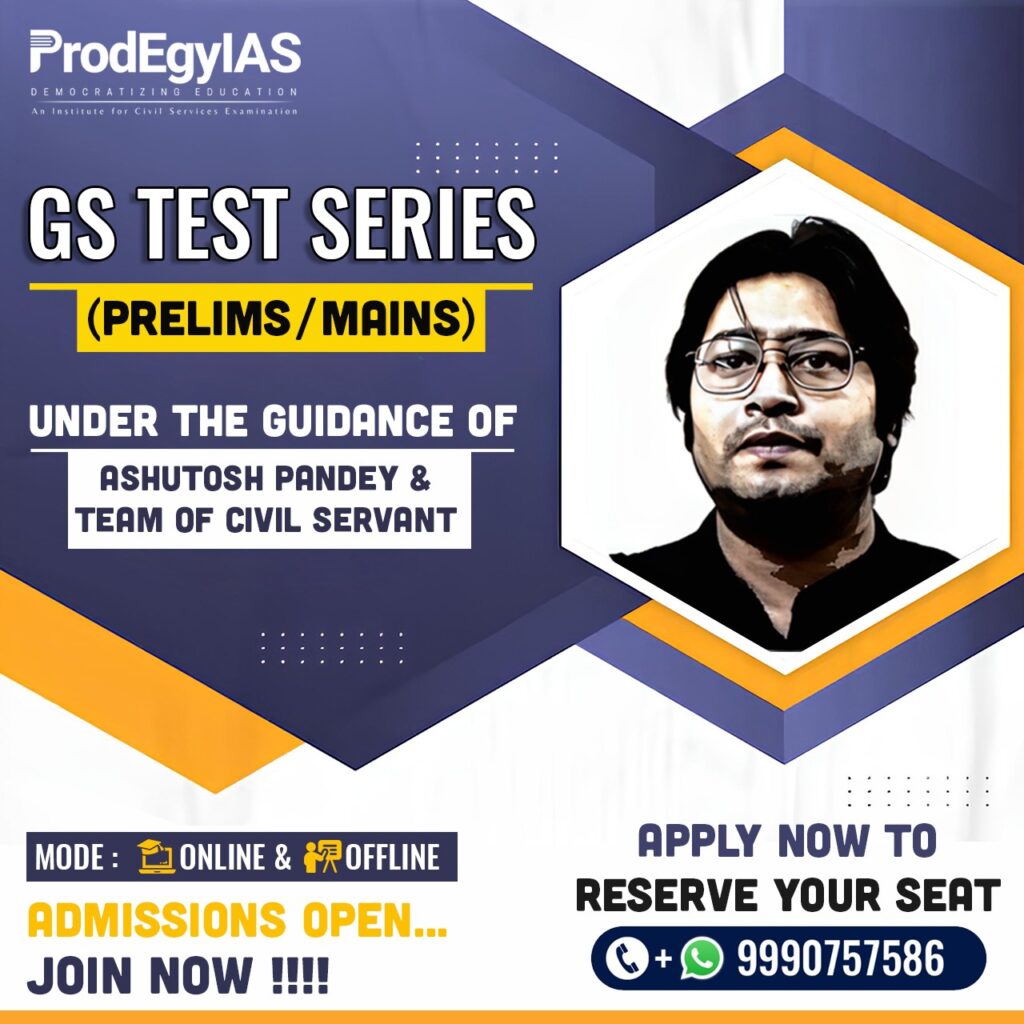As a reaction to inefficiency, corruption, and waning confidence in public institutions, “good governance” came into being in the 1990s. The paradigm for transparent, egalitarian, participatory, and accountable administration gained popularity thanks to the World Bank and UNDP.
Evolution of the Concept
- Control, hierarchy, and delivery were the main focuses of the early administrative models, which included Weberian, development, and classical administration.
- Governance grew beyond the government to involve the private sector, civil society, and individuals as stakeholders as a result of globalization and democratization.
- “Good governance” was defined by organizations such as the UNDP and OECD using pillars like accountability, transparency, responsiveness, consensus orientation, equity, and efficiency.
- The concept was operationalized at the administrative level in India through programs like the RTI Act (2005), e-governance, Citizen Charters, and Social Audits.
Critical Dimensions
- Beyond procedural effectiveness, good governance places a strong emphasis on moral legitimacy and public empowerment.
- Transparency has been redefined by the rise of digital governance, but privacy and exclusion issues are also brought up.
- If “good governance” is limited to performance data, bureaucracies run the risk of becoming overly administrative and prioritizing metrics above mission.
Way Forward
- Include training on ethical and compassionate governance in civil service courses.
- bolster citizen-centered accountability instruments such as grievance dashboards and social audits.
- Make responsible use of AI and data analytics to promote inclusion rather than exacerbate inequality.
- Incorporate feedback, decentralization, and participation into all administrative reforms.
UPSC General Studies Paper Preparation
Public Administration Optional Exam Preparation
| Topic | |
| Public Administration Syllabus | Public Administration Foundation 2025-26 |
| Public Administration Free Resources | Public Administration Crash Cum Enrichment Course 2025-26 |
| About the Author: Jyoti Verma |



